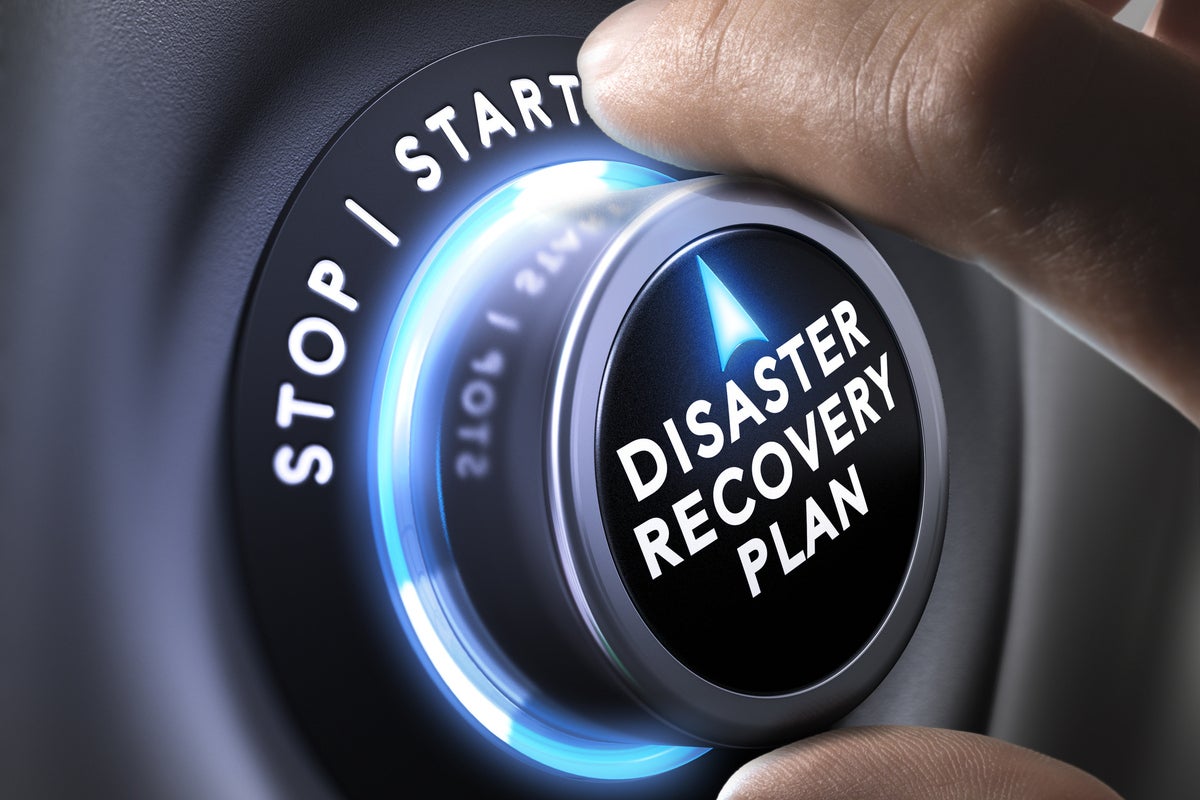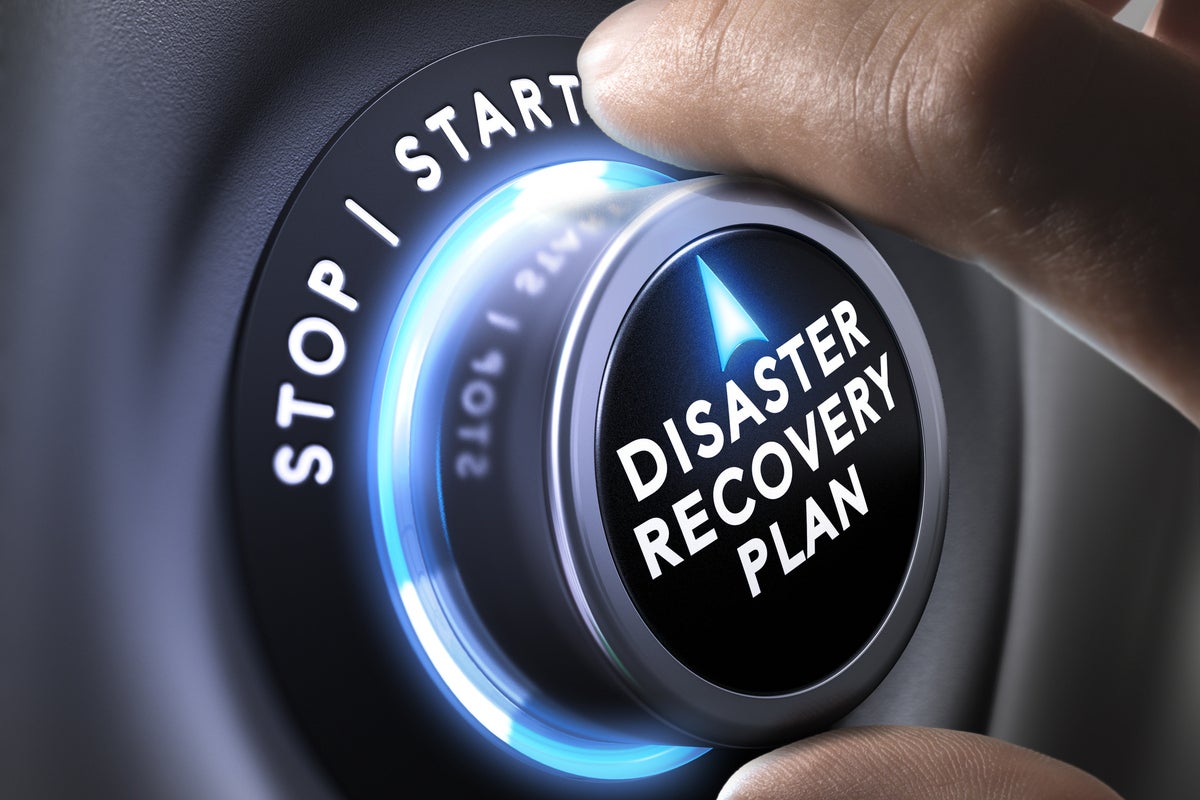It’s not a question of if your business will experience data loss — it’s a matter of when. Backup is widely employed as the last line of defense to protect against threats like human error, hardware and software failure, or natural disaster. A single data loss incident, whether malicious, environmental, or accidental, can cripple a business. Backup always provides a necessary safety net.
But, disaster recovery is a specialized solution that focuses on recovery speed to maintain business continuity. While the service is often associated with preparing for natural disasters, there are many use-cases when disaster recovery can be effective.
Backup vs. disaster recovery: What’s the difference?
Backup is always your first step — towards recovery, and more importantly, towards protecting your bottom line. This need should be considered non-negotiable because having a backup solution in place is just smart business:
- Data availability is needed for companies to keep operating
- Reputational integrity is essential to retain customers and attract new ones
- Compliance is critical to avoid regulatory fines and additional expenses
Backup is your assurance that you can get your data back, even if it takes a little time.
Yet while backup supports a steady approach to recovery, disaster recovery delivers a near-instant homerun by cutting recovery time objectives (RTOs) and recovery point objectives (RPOs) significantly — allowing business operations to function remotely until traditional systems are restored.
Disaster recovery includes the most recent copies of data and processing capabilities in a platform that delivers automated availability of your most critical data, systems, and applications. It ensures that interdependent processes are recovered in the correct order, restored to the correct recovery point, and in the right time.
 Acronis
AcronisIf you believe that backup is enough, you may not understand how valuable your data, systems, and applications really are. Rest assured, you will when they’re compromised.
It’s easy to set such thoughts aside, to assume that threats like cyberattacks and natural disasters will never impact you. But increasingly-automated cybercrime tactics and shifting climate patterns have made it clearer than ever that any business can fall victim to a disaster. And with the fast pace of modern business, traditional backups — with their lengthy restoration processes — aren’t enough to keep an organization running anymore.
The two paths to a disaster recovery plan
You might choose to manage your disaster recovery program in-house. This approach comes with many considerations, including staffing requirements for assessments, design, testing, implementation and management, training, documentation, reporting, and recovery infrastructure — not to mention selecting a solution as the foundation.
You’ll want a solution that can ensure quick failover and failback of your critical workloads to improve your business continuity capabilities. You’ll want instant data availability of all critical workloads, no matter what kind of disaster strikes. Consider the following questions when evaluating potential disaster recovery solutions:
- Is the solution recognized and reputable? Other organizations and industry experts should trust the solution. Look for rankings and ratings, as well as positive reviews and word-of-mouth from existing customers and recognized analyst firms.
- How secure is the solution? Ensure that your choice includes a level of encryption when data is in transit and at rest, one that meets your business requirements for internal policies, IT guidelines, or regulatory compliance. Double-check that it has all necessary mechanisms or authorization and authentication capabilities in place.
- Is the solution reliable and consistent? When everything else fails, your disaster recovery solution shouldn’t. It will be the deciding factor of how quickly you’ll be able to recover, and must be consistent and reliable when you need it the most.
- How flexible is the solution? Does the solution offer a hybrid of both on-premises and cloud failover? You wouldn’t want to failover your data center or a group of servers to the cloud for a single server failure when you can quickly activate it locally.
- Will the solution integrate easily with your existing systems, applications, and servers? To automate your recovery processes, the solution needs to connect to as many tools in your stack as possible. Consider your physical and virtual environments, on-premises, and cloud workloads.
- Does the solution offer automation and orchestration? After a disaster, your most-skilled personnel may not be immediately available. A strong disaster recovery solution should automate the failover and reduce your reliance on dedicated engineers and specialists.
- Does the solution include runbooks? Successful disaster recovery is all about good planning and documentation. Check whether the solution supports documented executable runbooks to follow during and after a disaster.
- Does the solution support testing and exercises? Testing is critical to successful disaster recovery. Confirm that the solution provides an easy path to regularly test the failover and run recovery exercises outside of production systems.
- Is the solution easy to use? The last thing you want to do during a disaster is read the documentation and call support with solution usage questions. Make sure the solution is intuitive — ask to see product videos or live demos.
Alternatively, you could leverage a managed service provider (MSP) to run your disaster recovery program on your behalf. MSPs tend to provide many additional IT services alongside their disaster recovery services offering. You’ll spend less time assessing vendors, learning new technologies, and setting everything up — no need to invest in hardware or countless hours of training and configuration.
MSPs work with a variety of different kinds of clients, such as large enterprise, small companies, and home users, and they’re familiar with a wide variety of different systems, software, issues, and implementations.
Whichever path you choose, begin planning and benchmarking your disaster recovery program and work towards minimalized risk. You’ll be able to handle any event effectively and efficiently, no matter what happens.



